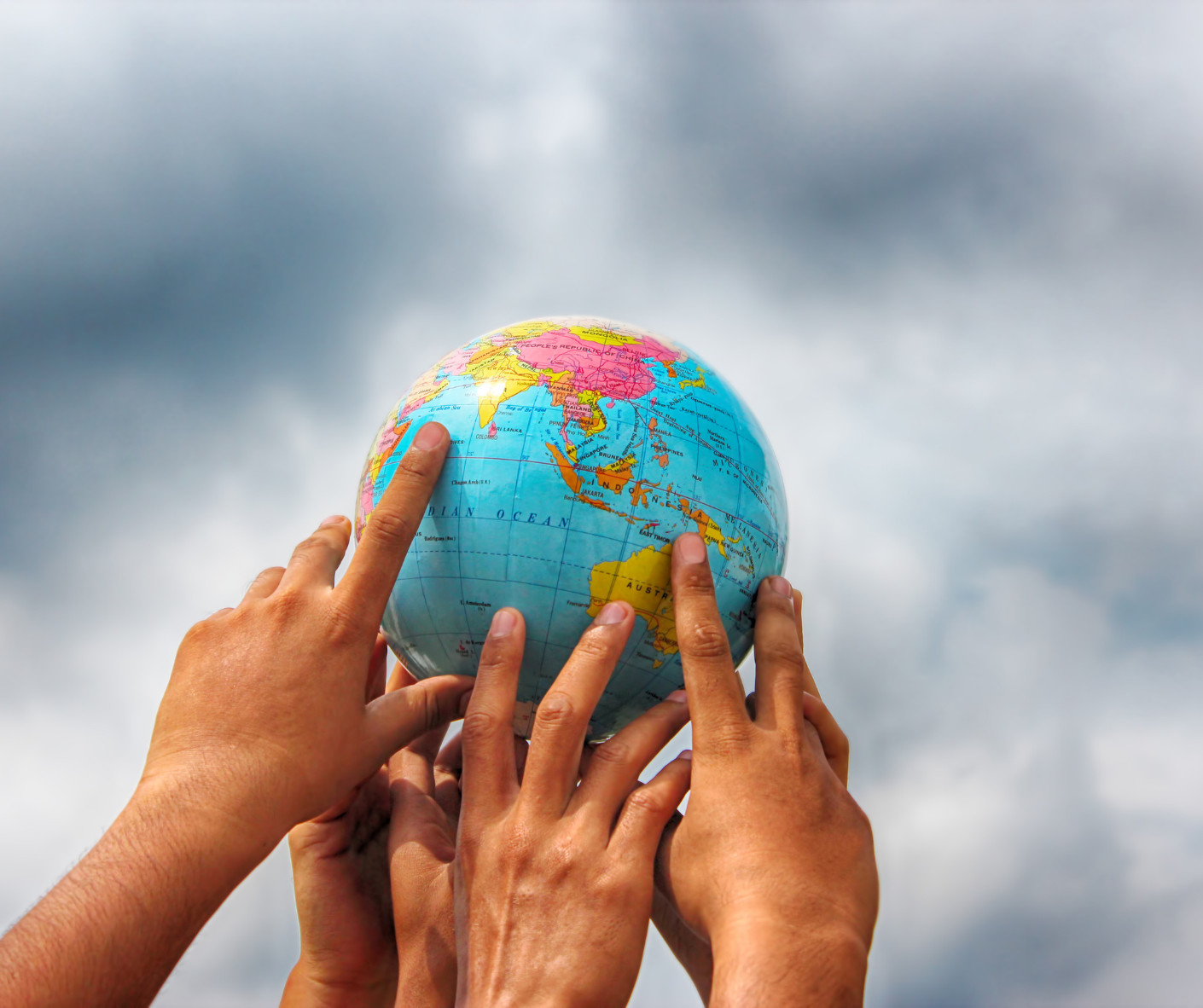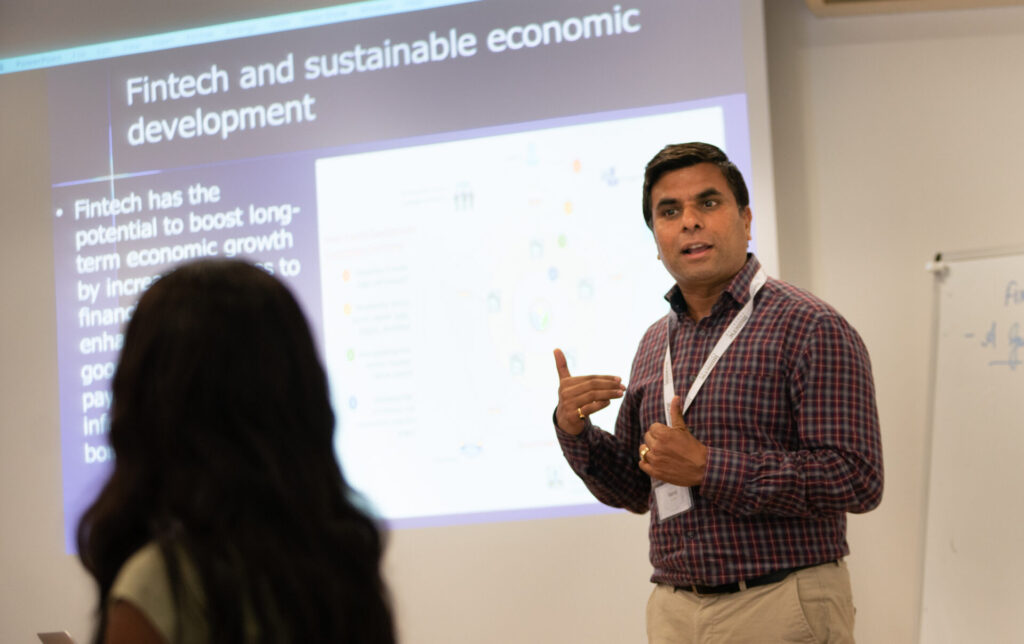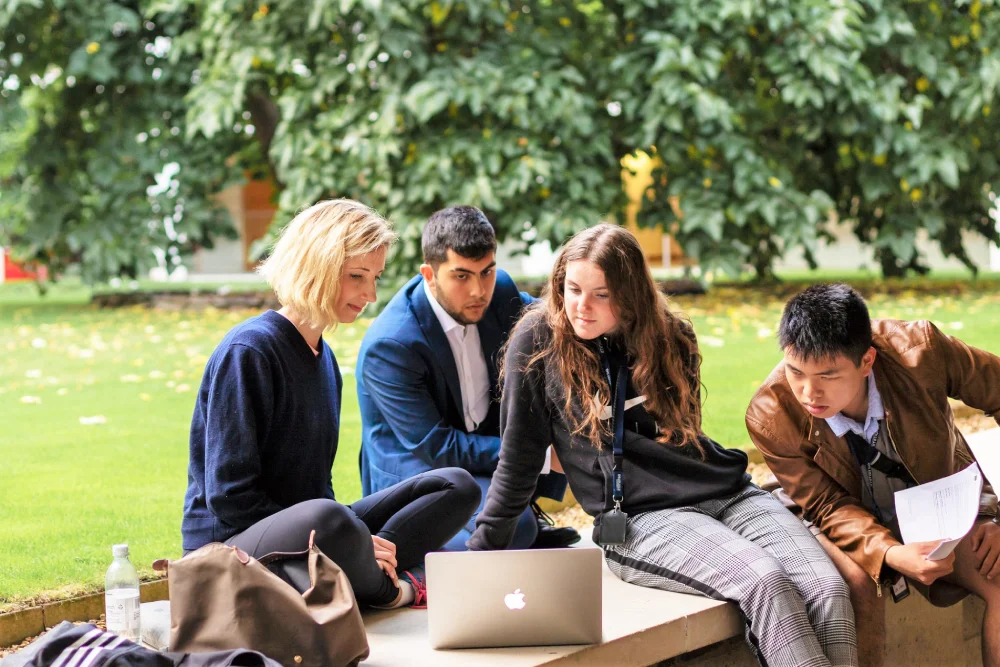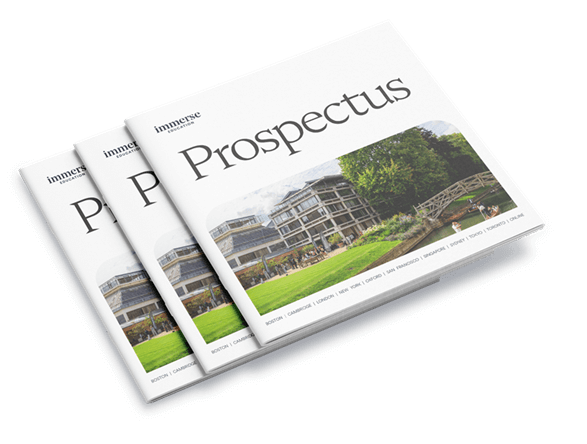How does geography influence the way people live? Take a seat, close your eyes and for a moment imagine yourself living in Antarctica. Freezing cold temperatures, whale meat as a delicacy and snowmobiles are the obvious way to get around. Is this a sharp contrast to how you live now? What are the other ways geography impacts how people live their lives? In this article, we outline five ways in which geography impacts how you live and how geography affects culture.
1. It impacts the resources you have access to (and their quality)
Though we live in an age where an apple can be flown thousands of miles to reach a consumer in another country, where we live still has an impact on the resources we have access to, and especially the quality of them.
In South East Asia, for example, Jasmine rice grows extremely well and has done for years due to the predictable hot climate and monsoon season that comes every year. This is a resource that would be impossible to grow in the UK.
So, hundred years ago, it would have been impossible to find anyone in England chowing down on a lovely bowl of freshly harvested Jasmine rice from Cambodia. In this day and age, with the help of importing and exporting processes, aeroplanes, and huge chain supermarkets, many of us have this privilege.
But the quality of the rice, as with all other produce, diminishes the further away it gets from its origin. Oftentimes, commercially grown produce is sprayed with pesticides and preservatives to ensure it grows rapidly and lasts the long journey from one side of the world to the other, as well as to make sure it doesn’t go bad on the shelf.
Food tastes much better the closer it is to its roots, and often long journeys and harmful chemicals tend to not only zap out the incredible taste of fresh produce but also the nutrients, too.
As a result, food is a vivid example of how geography affects culture, shaping everything from ingredients to cooking techniques based on what the land allows. The dishes people grow up with are tied to climate, terrain, and trade routes, embedding cultural meaning into every bite. And even though global foods are now easily accessible, we still gravitate towards local delicacies because they speak to something deeper—belonging, memory, and the quiet rituals of daily life rooted in a specific place.
2. It determines how you (and goods) travel
If you live in a landlocked country, you’re far more likely to travel by train or motor vehicle than you would by boat, whereas if you lived on an island the opposite would be true.
Likewise, if you live in a rural part of a country with minimal access to public transport, you’re likely to travel on foot, by bicycle or by some other motor vehicle.
Where you live not only impacts how people move but how resources move too, both internally and internationally.
Centuries ago, countries bordering the Nile river were able to send and receive goods to different countries by floating them downstream. In a similar way today, countries that have their own ports are able to bring in and send out goods as well as people, for trade or for tourism.
This impacts the riches of a country. Countries with natural resources and those with access to other ways to export often have higher GDP and economical growth.
3. Nature influences culture
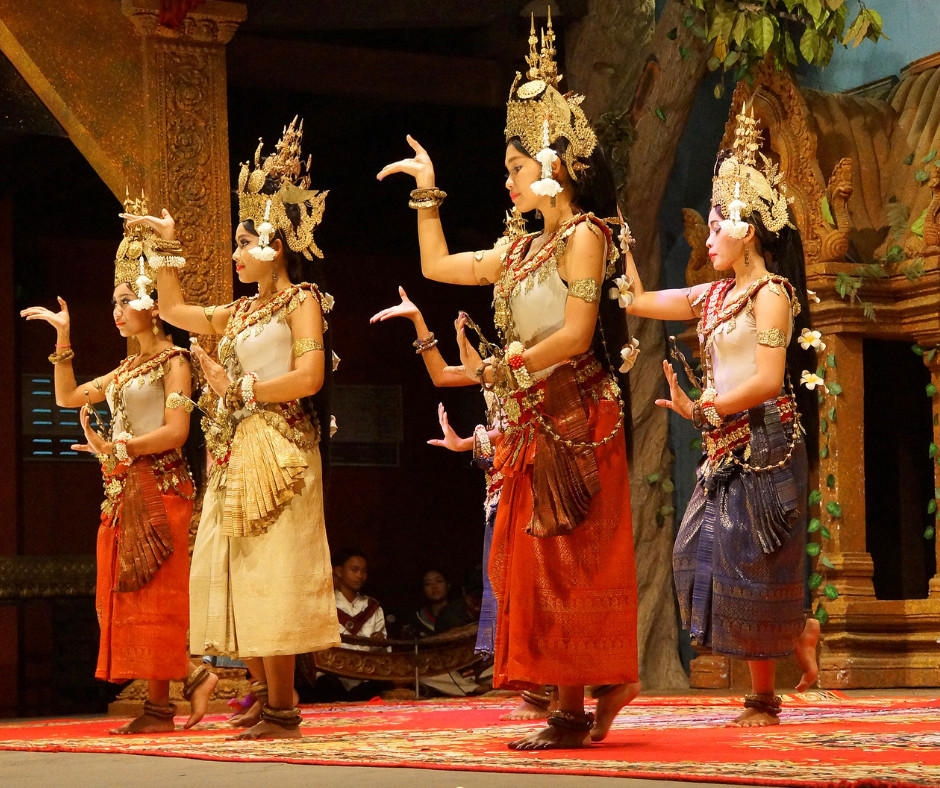
When considering “how does geography influence the way people live”, we have to consider our natural landscape. If you live in a hot climate compared to a cold climate, chances are that your natural surroundings are vastly different to a country with the opposite year-round weather. Nature has long since been a source of inspiration for poets, writers, songwriters and artists throughout history, and the products of their creativity make it easy to see how geography affects culture.
Even in religion, these locational markers influence the stories told in the world’s most dominant religious texts.
Take Buddhist teachings, for example. Many stories reference the lotus flower, predominantly found in Asia, as a symbol of growth and challenge, whereas in the Bible, donkeys (previously used often for transporting goods in the Middle East), as well as dust are often used as metaphors.
If you take a look at traditional dance, you can also see these natural influences. In Khmer Ballet, hand gestures mimic the growth of a lotus flower. In traditional English Morris dancing, sticks, bells and handkerchiefs are used – items that were historically used to ward off evil spirits (influenced by Catholic beliefs).
Want to learn more about the world? Our summer courses can transform your understanding of Economics, Environment, International Relations, and much more. Plus, residential courses across 4 continents provide a chance to see the world!
Join the Immerse Education 2024 Essay Competition
The Immerse Essay Competition is open for 2024! Follow the instructions to write and submit your best essay for a chance to be awarded a 100% scholarship.

4. It might put you at risk or keep you safe
Depending on where you live, you may be aware of risks to your livelihood that a person in another country wouldn’t ever have to think of. Think tsunamis in Thailand, earthquakes in Japan, avalanches in Switzerland, floods in the Netherlands, and droughts in the Middle East.
If you live in a country prone to natural disasters, this would likely influence the education you receive at school. For example, you might be accustomed to having a tsunami awareness talk built into your curriculum. It may also influence your surroundings if safety measures are needed to prevent disasters, such as tsunami evacuation points or national alarms from warning citizens of an oncoming earthquake.
The risk of natural disasters also impacts development and creativity. An example of this is new building technologies that have been developed in Japan to ensure buildings won’t crumble during an earthquake.
These threats pose challenges to architects and creatives who always need to ask themselves: how does geography impact the way people live?
5. It can often determine your history
If you live in a country that has natural resources such as oils and diamonds, chances are other countries want those resources, too. Often, this can be the difference between living in a peaceful nation and surviving a war.
You may live in a country that already has had a turbulent history because of where it’s located on the map, such as Jerusalem. Another example of this is France’s pursuit to colonize Cambodia in the 1860s due to their access to the Mekong River, viewed as a gateway to China.
Every country has its own history of war and how it has survived, sometimes through the development of allies and sometimes through growing its own independence. Allies are often built based on where a country sits on the globe.
Many countries are still recovering from wars long since past, where borders were drawn and redrawn not just by politics, but by mountains, rivers, and coastlines that dictated movement, defence, and access to resources. These physical features often shaped who fought whom, and why—and their effects linger, influencing identity, language, and regional divides. It’s a powerful reminder of how geography affects culture, embedding conflict and resilience into the very fabric of everyday life.
Conclusion
So, how does geography influence the way people live?
From the resources we have access to, to how we move through the world, how geography affects culture is a fascinating question that we could explore for years. Our history, our risks and our comfort are all determined by where we sit on the map.




